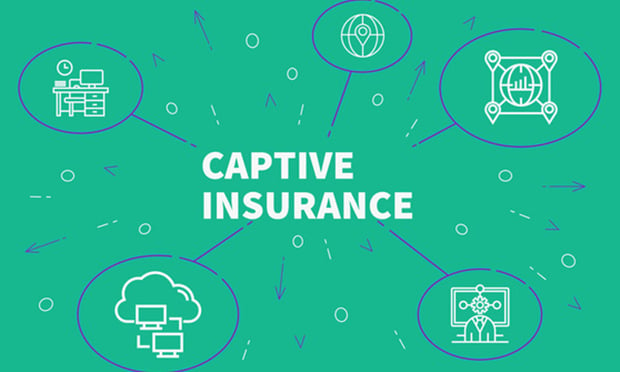If your business has lost power during Hurricane/Tropical Storm Harvey, you aren't alone: Power and utility companies in Texas reported up to a quarter million customers have gone without electricity at some point as a result of the storm, with several thousand homes and businesses still without power as of Tuesday morning.
And with extensive flooding likely to hamper repair and recovery efforts, long-term interruptions are likely for many businesses. Here's how you can limit the effect on your operations and bottom line:
|Policy service interruption-related requirements
It's vital for businesses to execute their business continuity plans and take emergency measures to address power loss — for example, making use of batteries and backup generators if safe to do so, and ensuring the safety of employees through evacuation plans, contingency work plans, and other means. But it's also important to understand any service interruption-related requirements in your insurance policy.
Your property insurance policy may provide coverage in the event of an extended power outage — which could be 24 hours or more, although this varies by policy. Coverage may include:
- Service interruption property damage: Costs associated with damage to property arising from loss of a utility (for example, damage to temperature-sensitive property as a result of refrigeration being lost).
- Service interruption time element: Losses directly arising from extra expense or business interruption.
In addition to power loss, other covered service interruptions could include gas, water, garbage removal, and telecom services.
Recommended For You
Want to continue reading?
Become a Free PropertyCasualty360 Digital Reader
Your access to unlimited PropertyCasualty360 content isn’t changing.
Once you are an ALM digital member, you’ll receive:
- Breaking insurance news and analysis, on-site and via our newsletters and custom alerts
- Weekly Insurance Speak podcast featuring exclusive interviews with industry leaders
- Educational webcasts, white papers, and ebooks from industry thought leaders
- Critical converage of the employee benefits and financial advisory markets on our other ALM sites, BenefitsPRO and ThinkAdvisor
Already have an account? Sign In Now
© 2025 ALM Global, LLC, All Rights Reserved. Request academic re-use from www.copyright.com. All other uses, submit a request to [email protected]. For more information visit Asset & Logo Licensing.








